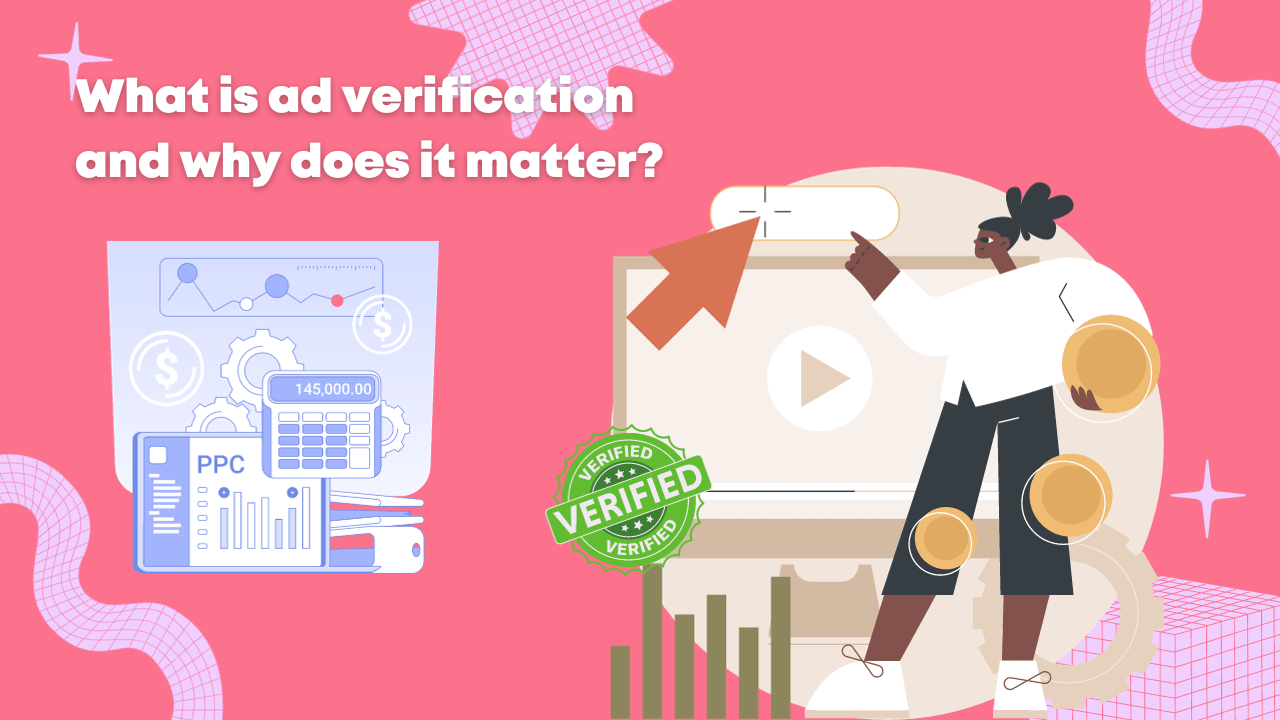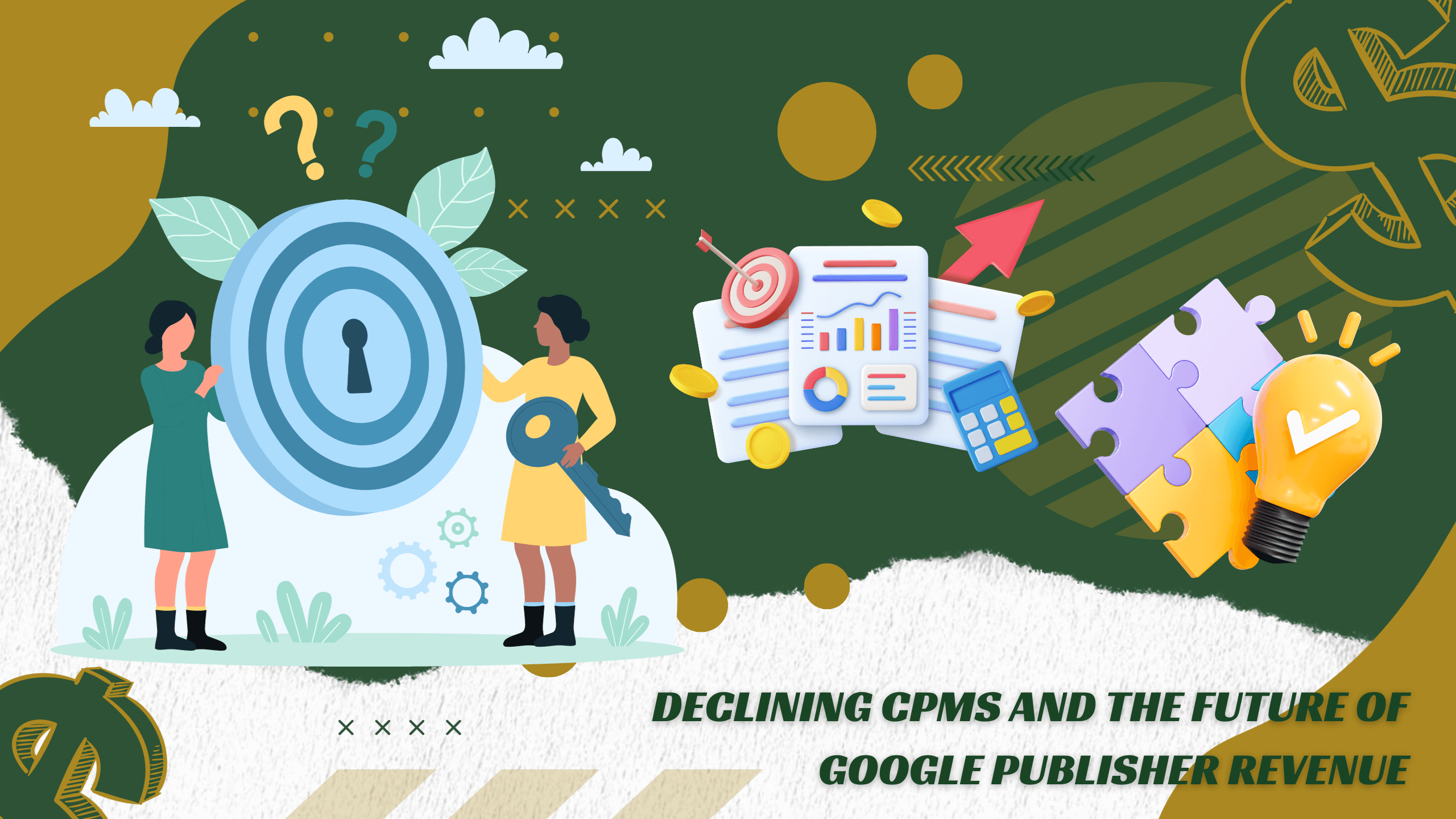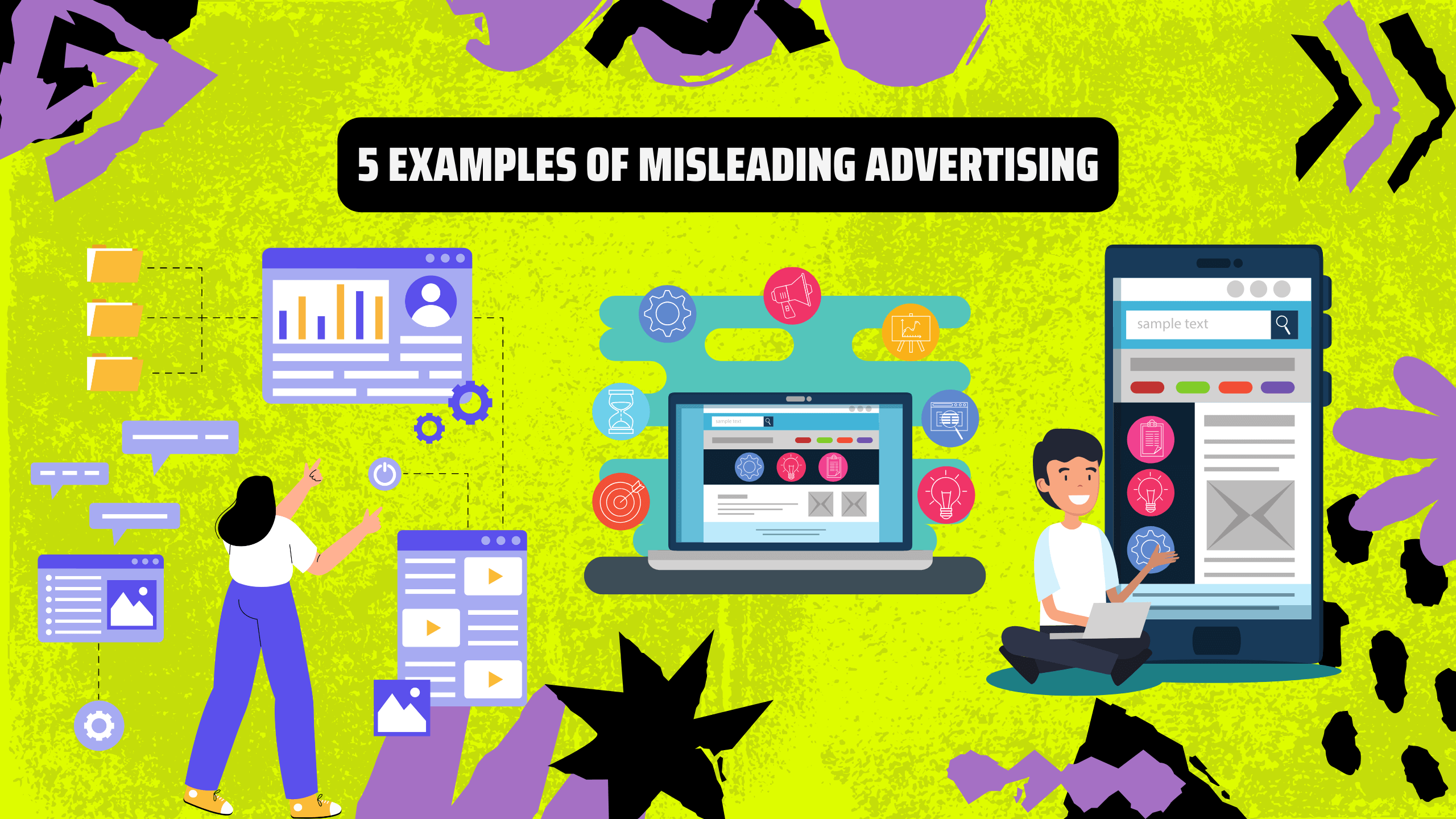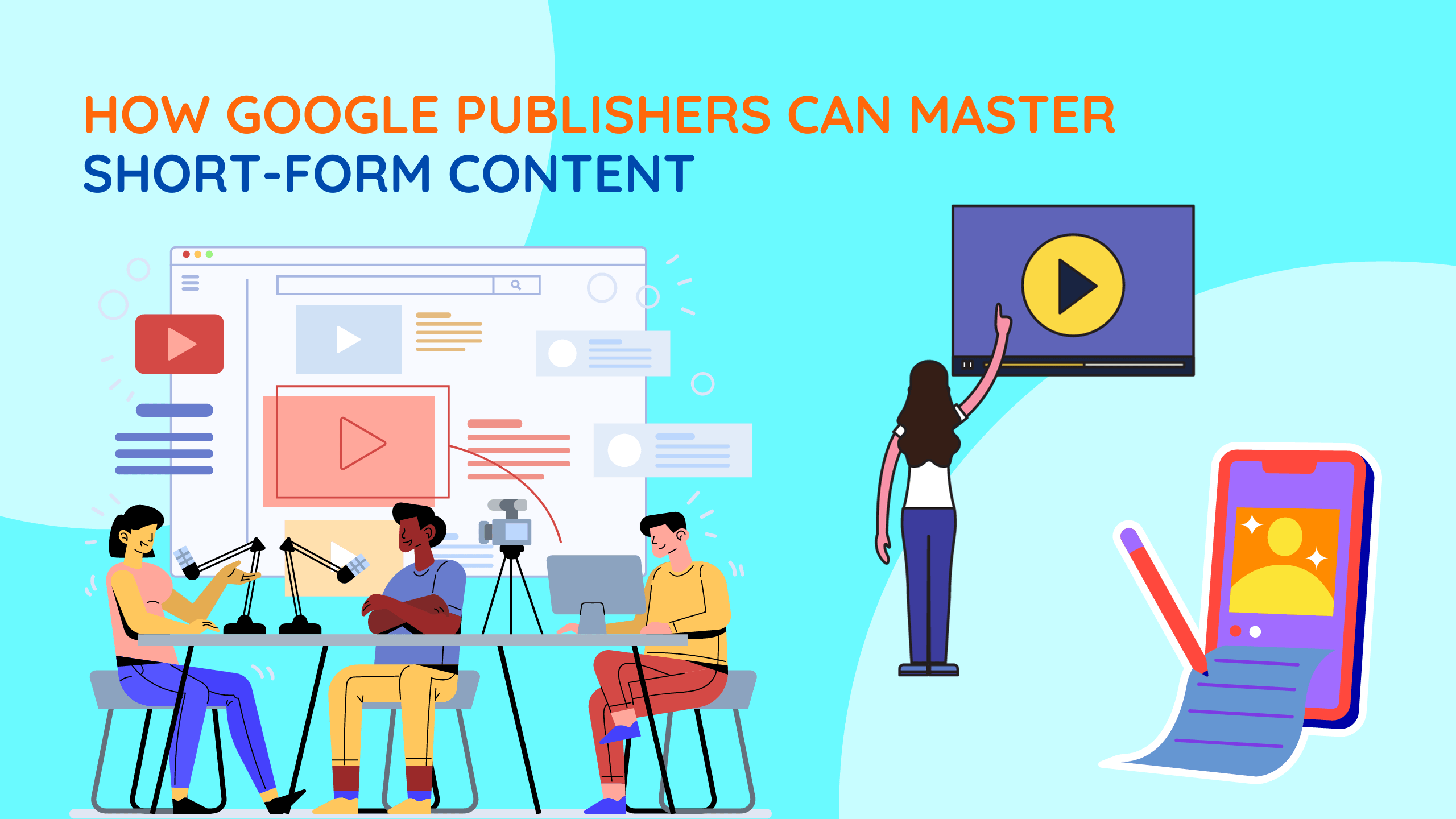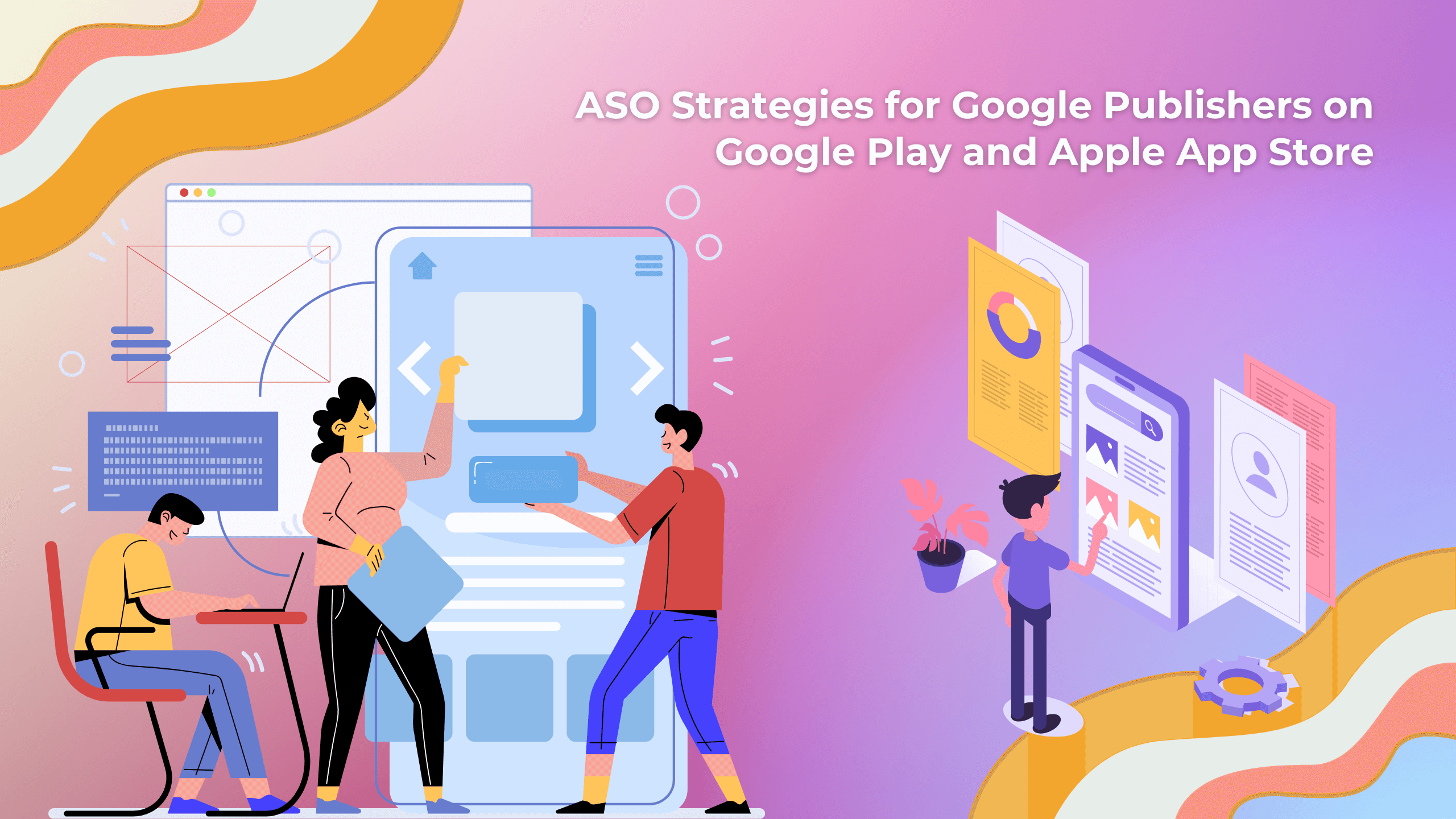Ad verification is the digital advertising watchdog, and its importance is paramount. In an age of programmatic advertising and vast online ad ecosystems, understanding what ad verification is and why it matters is crucial. Join us on an exploration of this indispensable tool for safeguarding brand reputation, combating ad fraud, and ensuring ad quality.
I. What is ad verification?
Ad verification is an essential aspect of the digital advertising world. Ad verification confirms that online ads meet industry standards and are delivered as intended. In this complex landscape, it’s a protective shield against issues like ad fraud and brand safety risks.
Advertisers employ verification tools to guarantee that their ads reach real users in brand-safe environments. This safeguards their investments and upholds trust in the digital advertising industry. Ad verification encompasses critical processes such as ad viewability, fraud detection, and contextual targeting, guaranteeing that ads are displayed appropriately and to authentic users.
II. How does it work?
Ad verification works through a series of intricate processes to safeguard the quality and integrity of digital advertising. It primarily involves three core functions: ad viewability, fraud detection, and contextual targeting.
1. Ad viewability:
This aspect ensures that ads are genuinely viewable to users. Verification tools track if an ad appears within the viewable area of a user’s device, typically for a specified amount of time. This measurement guarantees that advertisers are paying for genuinely viewable impressions rather than potential but unseen opportunities.
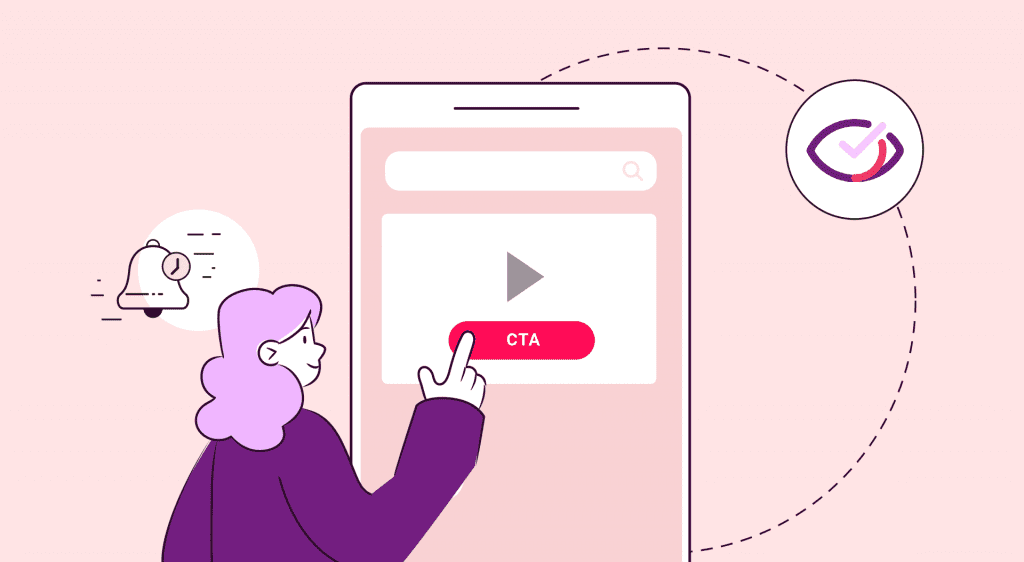
2. Fraud detection:
To identify and combat ad fraud, ad verification tools are essential. This includes detecting and blocking invalid traffic generated by bots or other fraudulent means. By scrutinizing traffic patterns, sources, and user behaviour, these tools distinguish legitimate users from fraudulent ones.
3. Contextual targeting:
Contextual targeting involves placing ads in brand-safe environments. Verification tools scan web pages for content and context to ensure ads are displayed in the right place. This helps advertisers avoid associating their brands with content that might be damaging or inappropriate.
By consolidating these functions, ad verification tools actively uphold the quality, trustworthiness, and effectiveness of digital advertising. They empower advertisers to maximize the value of their campaigns by guaranteeing that their ads engage real users in appropriate environments, simultaneously thwarting fraud and preserving brand reputation.
III. Ad verification with programmatic advertising
Ad verification stands as the vigilant gatekeeper in the complex realm of programmatic advertising. Its primary mission is to ensure the integrity and quality of digital ads, fostering trust among advertisers, publishers, and the audience. Ad verification acts as a safeguard against ad fraud, which encompasses deceptive practices like impression laundering, click fraud and domain spoofing. These tactics aim to create false ad interactions and traffic, draining advertisers’ budgets and undermining the credibility of digital advertising.
The concept of viewability constitutes another pivotal aspect that ad verification tackles. Advertisers demand that their content reaches the intended audience and is viewed. Verification tools assess whether ads adhere to industry standards of viewability, enabling advertisers to optimize their campaigns for improved visibility. Maintaining brand safety is also crucial. Ad verification monitors the context of ad placements to ensure they do not appear alongside harmful, offensive, or inappropriate content. This protection is vital for advertisers seeking to maintain their reputation and values.
Ad verification operates in real-time or near real-time, allowing swift responses to detected issues. Upon identifying a problem, the system can trigger predefined actions, such as pausing ad delivery to flagged placements or notifying relevant parties. Ultimately, ad verification ensures that advertisers receive genuine, viewable impressions in safe, contextually appropriate environments.

As programmatic advertising continues its evolution, the sophistication of ad verification is set to increase. The integration of artificial intelligence and machine learning will likely enhance the precision and speed of fraud detection. It will also ensure ad placements align more closely with brand safety and viewability criteria. In summary, ad verification is an indispensable element of programmatic advertising, safeguarding the quality and trustworthiness of digital ads. It combats ad fraud, monitors viewability, and upholds brand safety, bolstering the credibility and efficiency of programmatic advertising. With ongoing advancements, ad verification remains pivotal in the ever-evolving digital advertising landscape.
IV. Who should use ad verification?
For Google Publishers, integrating ad verification tools into their ad operations is a strategic move with various benefits. Ad verification acts as a safeguard, protecting both publishers and advertisers against fraudulent activities and ensuring the delivery of high-quality, viewable ads to the intended audience.
One of the key reasons for Google Publishers to use ad verification is the protection it offers against ad fraud. With programmatic advertising, the risk of fraudulent activities like impression laundering or click fraud can significantly impact ad campaigns’ effectiveness and drain ad budgets. Ad verification tools are equipped to identify and combat such deceptive practices, ensuring that advertisers get genuine ad interactions.
Moreover, ad verification assists Google Publishers in maintaining brand safety. By monitoring the context of ad placements, it helps prevent ads from appearing alongside harmful or offensive content. This level of protection is vital for publishers looking to uphold their reputation and maintain healthy relationships with advertisers.
Viewability is another aspect where ad verification is invaluable. Maintaining advertisers’ trust requires publishers to proactively ensure that ads are displayed in brand-safe environments. Verification tools assess whether ads meet industry standards of viewability, allowing publishers to optimize their ad inventory for increased visibility and performance. In essence, ad verification tools empower Google Publishers to enhance ad quality, protect their brand image, and provide advertisers with reliable, high-performing ad inventory. By comprehensive ad verification, publishers can bolster their credibility, foster trust, and thrive in the dynamic landscape of digital advertising, ultimately driving revenue and long-term success.

V. Why does ad verification matter?
Ad verification holds profound significance for Google Publishers due to several compelling reasons. As these publishers manage digital advertising spaces and engage with various advertisers, the impact of ad verification becomes evident in multiple aspects of their operations:
1. Protecting reputation and advertiser trust:
Ad verification plays a pivotal role in safeguarding a Google Publisher’s reputation. Publishers can sustain their advertisers’ trust by actively ensuring that ads are displayed in brand-safe environments. Trust is the bedrock of successful, long-term relationships in the digital advertising industry, and ad verification helps Google Publishers build and preserve that trust.
2. Mitigating ad fraud:
Ad fraud poses a severe threat to the digital advertising landscape. It includes activities like generating fake clicks or impressions and using deceptive tactics to inflate performance metrics. By employing ad verification tools, Google Publishers actively combat fraudulent practices, safeguarding advertisers’ budgets, which are then invested in legitimate, viewable ad impressions instead of being squandered on fraudulent activities.
3. Ensuring ad viewability:
Advertisers demand that real audiences see their ads, which is the core of viewability. To measure and improve ad viewability, Google Publishers rely on ad verification tools, guaranteeing that their ads meet industry standards and reach actual users. This enhances campaign performance and, consequently, the satisfaction of advertisers.

4. Enhancing ad quality and performance:
By implementing ad verification, Google Publishers can elevate the quality and performance of their ad inventory. Verification tools help identify and eliminate ad creatives that may not resonate with the target audience, thus optimizing the ad space for better results. This improvement in ad quality can lead to increased revenue for publishers.
5. Real-Time monitoring and insights:
Ad verification tools provide real-time monitoring and valuable insights into ad performance. Google Publishers can use this data to make informed decisions about their ad inventory and user experience, ultimately helping them adapt to industry trends and advertisers’ expectations more effectively.
In summary, ad verification is paramount for Google Publishers as it protects their reputation, ensures advertiser trust, combats ad fraud, guarantees ad viewability, and enhances ad quality. By adopting ad verification, Google Publishers can actively enhance their ability to excel in the competitive realm of digital advertising. This fosters lasting relationships with advertisers and paves the way for long-term success.

